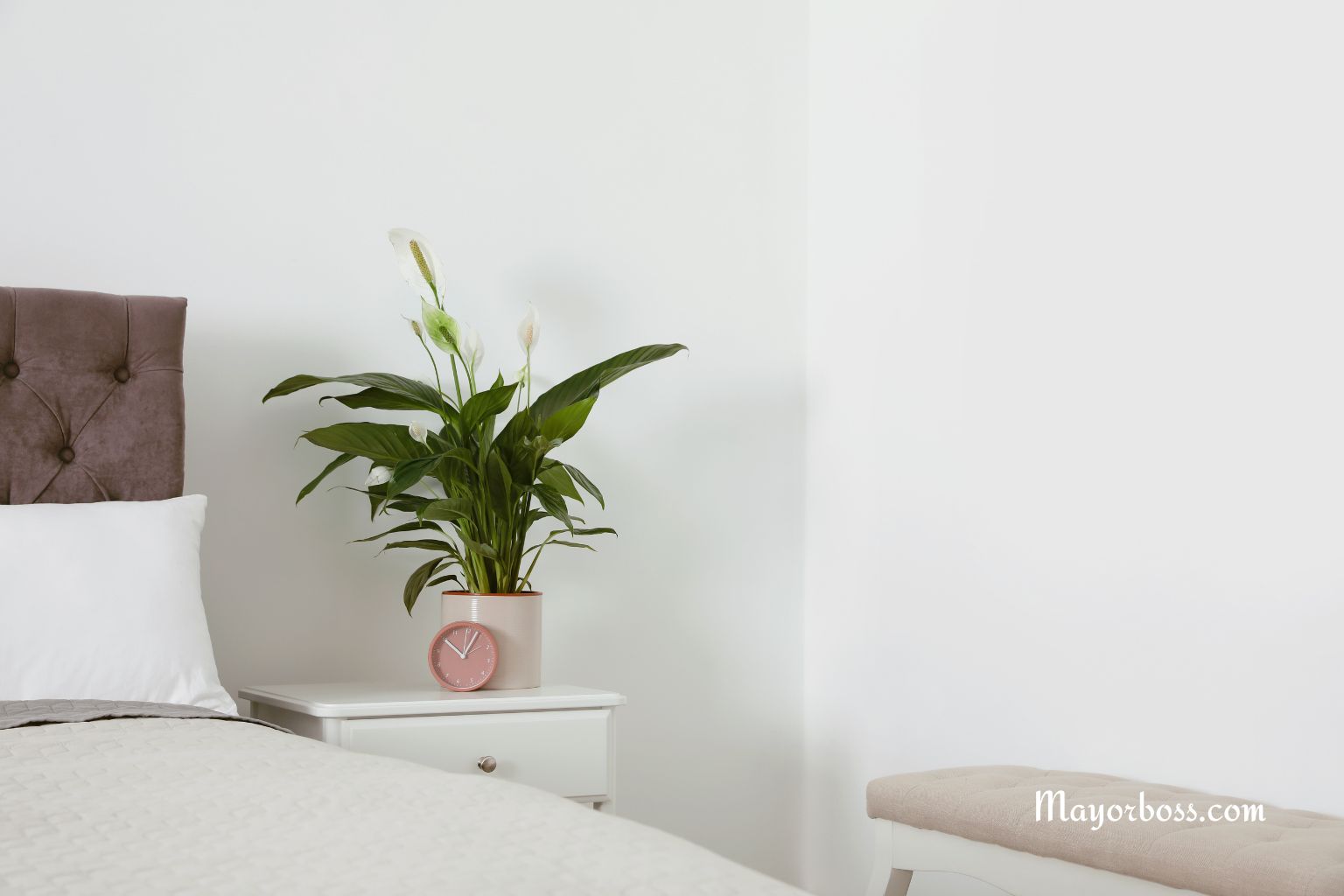Top 3 Houseplants That Will Help You Fight Stress
Certain houseplants can help ease stress, anxiety, and overwhelm by improving indoor air quality and creating a calming environment. Experts recommend three houseplants—peace lily, snake plant, and lavender—that may help reduce tension and support your mental well-being at home or work.

Stress is a feeling of tension, anxiety, and overwhelm—a true epidemic of our time. It’s almost impossible to avoid. From daily TV bad news, failed relationships, and work pressures to family responsibilities and financial difficulties, life throws constant challenges at us. You’re not alone if you feel drained by all these demands.
Many people spend most of their days indoors, whether at home or in the office. What you might not realize is that the air you breathe inside can affect your mood and mental health. Invisible toxins from furniture, electronics, and even cleaning supplies fill the air. Over time, constant exposure can make stress and anxiety worse.
This is where houseplants come in. Research and expert opinion suggest that keeping the right plants in your living or working space can improve your environment, purify the air, and help your mind and body relax.
Here are three houseplants that experts highlight in particular that are worth growing at home if you often feel stressed or have anxiety.
1. Peace Lily (Spathiphyllum)
The peace lily is more than just a beautiful plant. Its broad, deep green leaves and white blooms can add life to any room. But its real power is in air purification.
Peace lilies are known for removing toxins like benzene, formaldehyde, and trichloroethylene from the air. These chemicals are common in many homes and offices. Over time, they can affect your body and mind. Cleaner air can help you feel more focused, energized, and relaxed.
A NASA study ranked peace lilies among the top three plants for air purification.1 According to scientists at the American College of Allergy, Asthma & Immunology, peace lilies will cleanse 78% of airborne mold.
Another reason experts recommend peace lilies is their low-maintenance nature. They thrive in indirect light and don’t need constant attention. If you forget to water sometimes, they usually recover quickly. This means you can enjoy their benefits without extra stress.
2. Snake Plant (Sansevieria)
The snake plant, sometimes called “mother-in-law’s tongue,” is a sturdy, upright plant with sword-like leaves. It’s nearly impossible to kill, making it perfect for beginners or anyone with a busy schedule.
Snake plants are especially effective at filtering indoor air.2 They absorb toxins such as xylene, toluene, and formaldehyde. They also release oxygen, even at night—something most plants don’t do. This makes them ideal for bedrooms and workspaces, helping to promote deeper rest and a sense of calm.
Experts say that just having a snake plant nearby can create a sense of structure and stability in your environment. Its strong, architectural shape stands out, reminding you to stand tall even during stressful times.
3. Lavender (Lavandula)
Lavender is famous for its soothing scent. Many people use lavender essential oil or dried lavender to relax, but growing a lavender plant indoors can offer constant benefits.
Integrative medicine specialist Yufang Lin, MD, told Cleveland Clinic that the fragrance of fresh lavender helps calm the nervous system, lift mood, and even lower blood pressure.3 Inhaling its gentle scent may lower anxiety levels and help you sleep better. Lavender also has mild antibacterial properties, which can freshen indoor air.
Lavender prefers lots of sunlight and well-drained soil. A bright windowsill is usually the best place for it. Whenever you pass by, gently rub a few leaves to release its calming aroma. Just a simple whiff can be enough to ease your mind after a tough day.
How to Get the Most Out of Houseplants
If you want to use houseplants to help manage stress and anxiety, keep a few things in mind:
- Choose plants you like: The best plant for your space is the one you enjoy seeing and caring for every day.
- Place them where you spend time: Keep plants in rooms where you work, relax, or sleep. The more you see them, the greater the benefit.
- Take time to care: Watering, cleaning leaves, or trimming dead parts can be small, mindful rituals that give you a break from stress.
- Combine with other habits: Plants work best as part of a bigger plan—include healthy eating, sleep, and exercise to boost your overall mental well-being.
FAQs
1. Can houseplants really reduce stress and anxiety?
Yes, several studies suggest that plants can help lower stress levels by improving air quality, providing a calming presence, and encouraging mindfulness.
2. Which houseplant is easiest for beginners?
The snake plant is very forgiving and needs little care. It survives low light and doesn’t need frequent watering.
3. How many plants do I need to see benefits?
Even one or two plants in a room can make a noticeable difference in air quality and atmosphere.
4. Can I keep these plants in a windowless room?
Peace lilies and snake plants can tolerate low light, but all plants need some natural or artificial light to thrive. Lavender needs bright light.
5. Are these houseplants safe for pets?
Snake plant and peace lily can be toxic if eaten by pets. Keep them out of reach of cats and dogs. Lavender is generally considered safer but may still cause mild upset if ingested.






